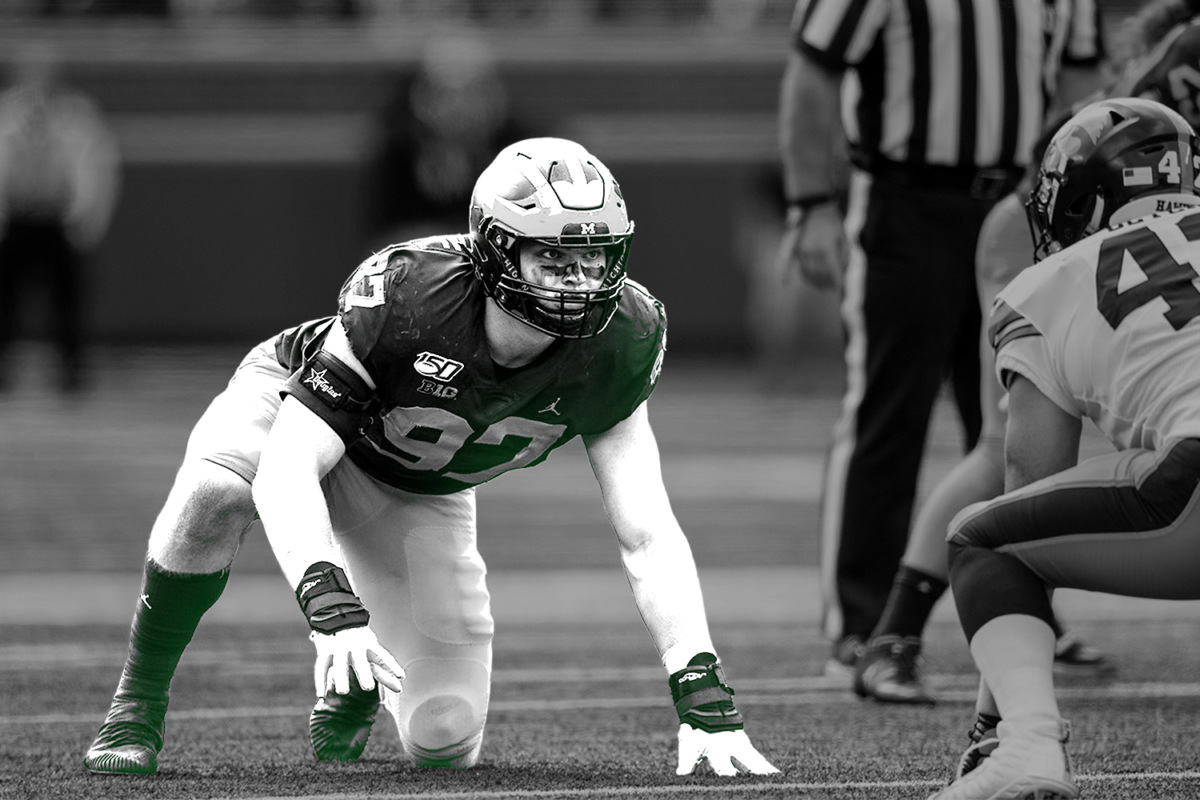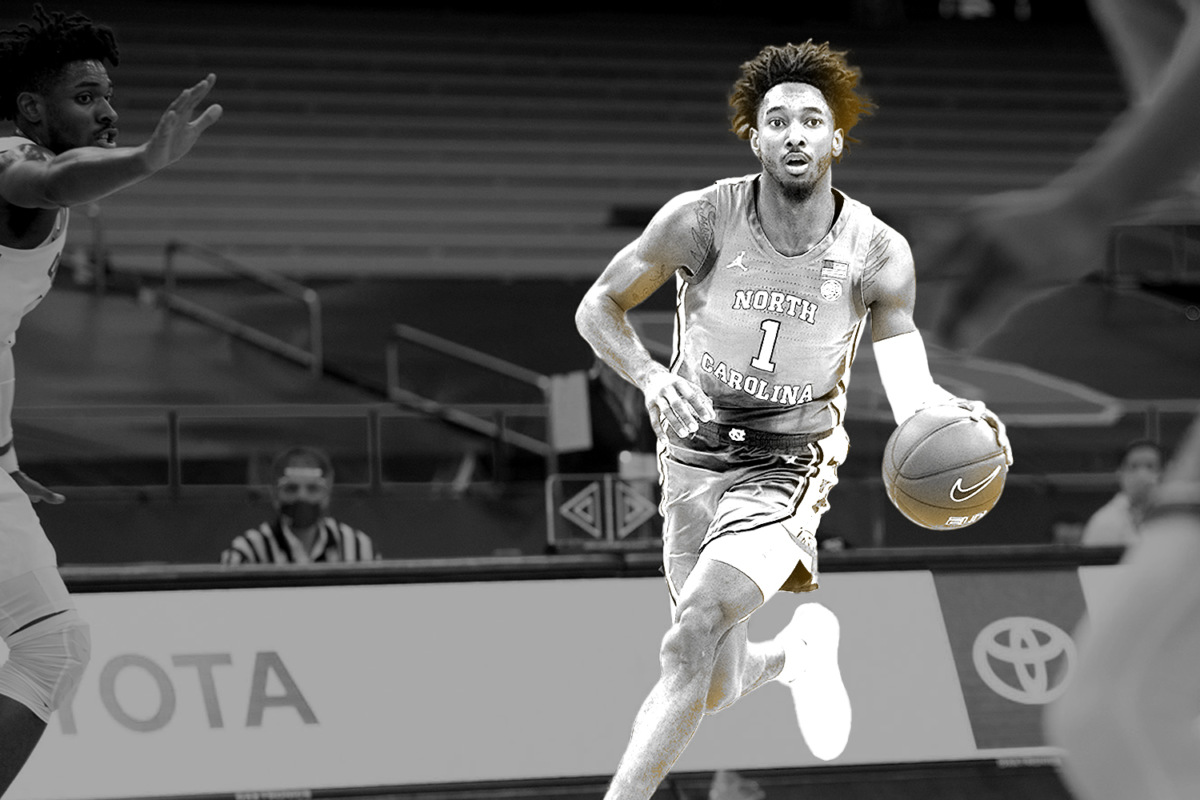Why Schools Cant Sell Jerseys With Players Names on Them
POWERED BY Welcome to FOS College, where we're reporting on the old-school — but potentially lucrative — way for college athletes to make bank on NIL: selling clothes. – Amanda Christovich |
|---|
College Sports' New Threads Photo: Rand Bleimeister-UCLA Athletics/Design: Alex Brooks
|
|---|
Limitless Possibilities? Photo: Michigan Photography/Design: Alex Brooks
|
|---|
Legal Boogeymen Photo: UNC Athletics/Design: Alex Brooks
|
|---|
In Other News
|
|---|
Final ThoughtsPro sports fans are never going to stop wearing their teams' jerseys and favorite athletes' apparel, because they provide a way for fans to connect with and support players. Now, they can finally buy this merchandise at the college level — and we know it's going to be wildly popular. Athletes might even get bigger cuts of the profits than their pro counterparts. We just don't know how much the profits will compare to other NIL ventures, like social media endorsements and sponsorships with major brands like PetSmart. But no matter how much money players actually make, it's a watershed moment that they can finally profit from the most quintessential products in sports. Tips? Feedback? Reach out to me at amanda@frontofficesports.com or onTwitter. |
|---|
Our website uses cookies to improve user experience. Accept Read More
Why Schools Cant Sell Jerseys With Players Names on Them
Source: https://frontofficesports.com/newsletter/fos-college-apparel-in-the-nil-era/






0 Response to "Why Schools Cant Sell Jerseys With Players Names on Them"
Post a Comment